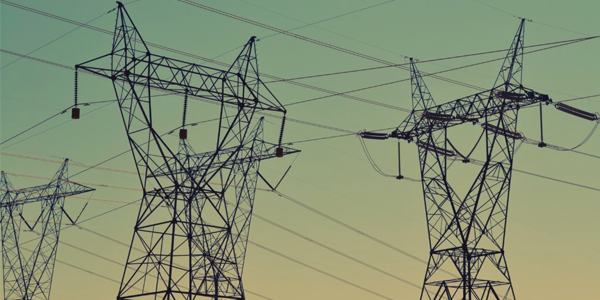Three things you should know about electricity metering in Australia

The electricity world is changing. Here’s what you need to know about electricity metering.
Three things you should know about electricity metering
1. Counting versus Control
The first thing you need to know is that there are two purposes for metering at your home. The first (and traditional) purpose is to count units of energy going into and out of your home. The second (and newer) purpose is to allow your home's energy to respond instantly when you use energy or generate solar. For example, if you turn the kettle on during peak price hours, you want the battery to recognise what you’ve done and deliver just the right amount of energy to ensure you don't draw from the grid. To do this it needs meter data for 'control'.
Now, it would be nice if the one meter could do both jobs, counting and control. And in future this will indeed be the case. But for now most meters only do one job, and when you buy a battery you will need to host an additional ‘control’ meter next to your utility meter.
2. Understanding Meter Jargon
The traditional meter at your home (the one designed to count), has steadily been improving. First they have moved from being electromechanical (the old spinning disk types), to being fully electronic. Second they have gone from simple counters, to counting by time of day, and from there to counting every half an hour. Third they have gone from manual reading, to electronic reading, then to ‘remote’ reading. Fourth, meters have become better at handling solar.
Here is a simple glossary to help you understand some of the meter jargon:
- Basic meter, dumb meter, type 5, type 6 or accumulation meter. All these refer to the older style meter that counts kWh but does not measure in specific intervals of time. Generally these are read manually. They're being phased out.
- Smart meter, type 4, interval meter. All these refer to newer remotely-read meters that store data in half-hour increments.
- Dual Element. This means the meter can also measure solar data.
- Mesh Network, Silver Spring: These are radio communications that send data from one meter to another and eventually back to the metering company. They're generally only feasible in dense urban areas. Elsewhere, the telecommunications networks are used.
- Utility meter, revenue meter: This refers to the 'counting meter' supplied by either your network company or your retailer.
- Check meter, engineering meter: This is an additional meter installed next to your utility meter. As the name suggests, it can be a meter used to 'check' the utility’s’ meter, but more often it is used by your home's energy system to 'control' your battery.
3. How do you get the right meter to go with your new battery?
If you are installing a battery, then you should install an interval meter, which captures the times when you get energy from the grid.
Traditionally the network (the poles and wires company) installed and managed your meter. And if you have a basic meter then they still do. In the State of Victoria, these network companies were empowered to roll out interval meters to all customers. This has left the State in a better position to accept new technologies which rely on these meters. But it also caused considerable community push-back. To avoid the backlash, the other states are following a different approach. They're moving the responsibility for metering onto retailers (the ones who send you a bill), who install the meter when you ask them to do so.
It’s up to you to get in touch with your retailer and ask for an interval meter. The data will be collected by a specially regulated company which is responsible for ensuring accuracy and integrity.